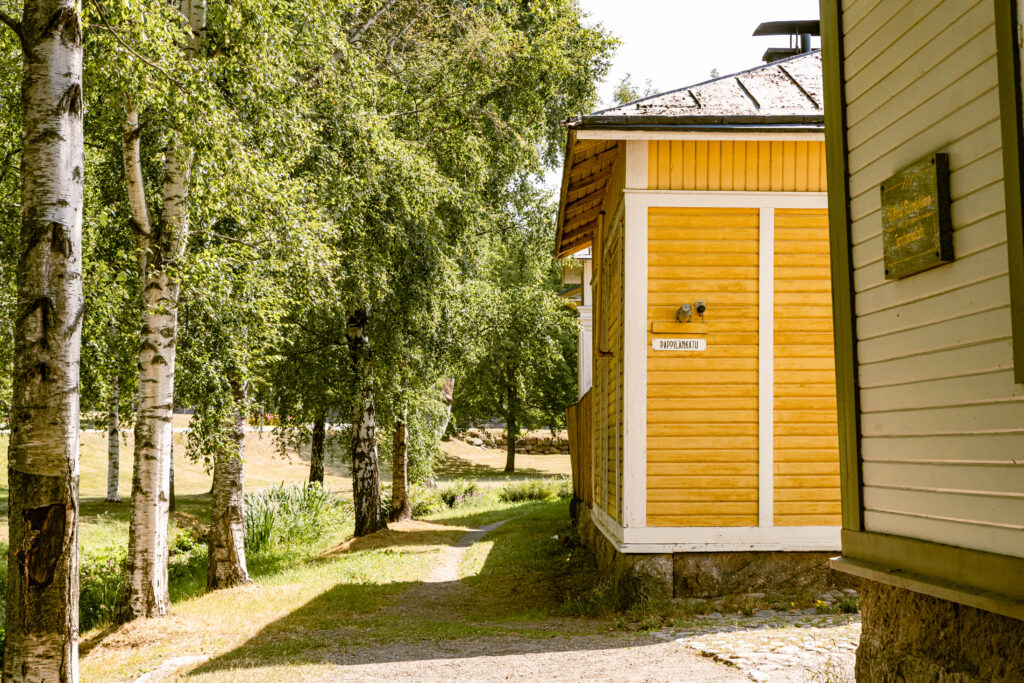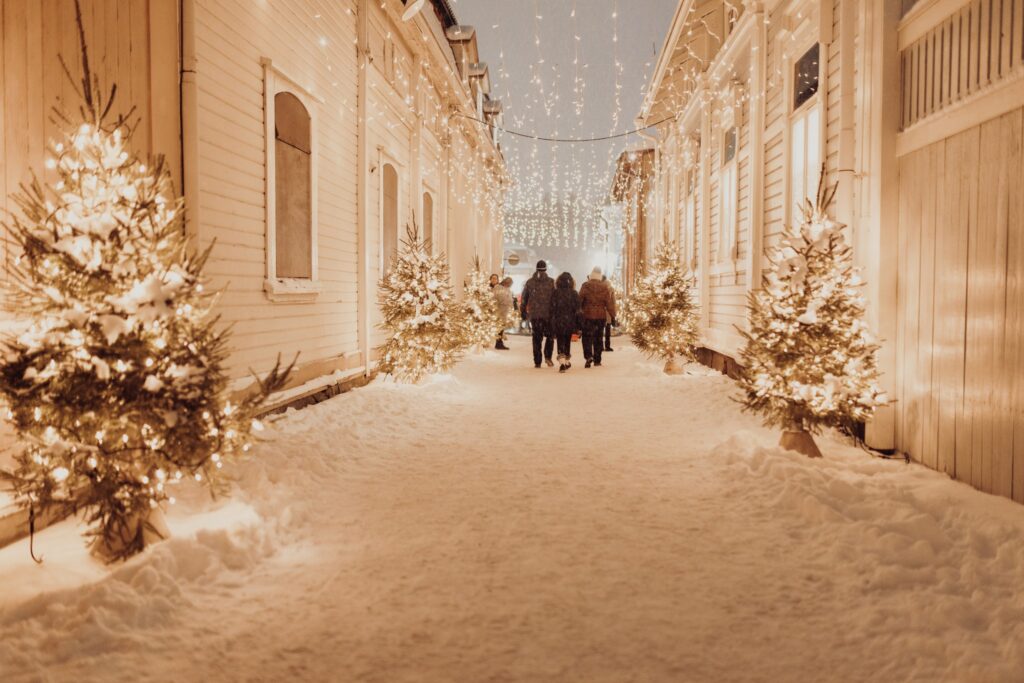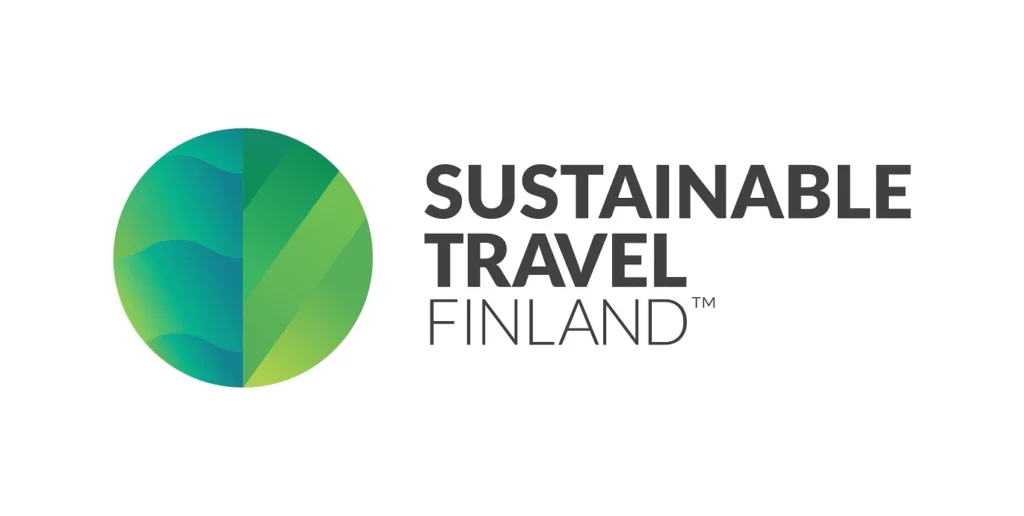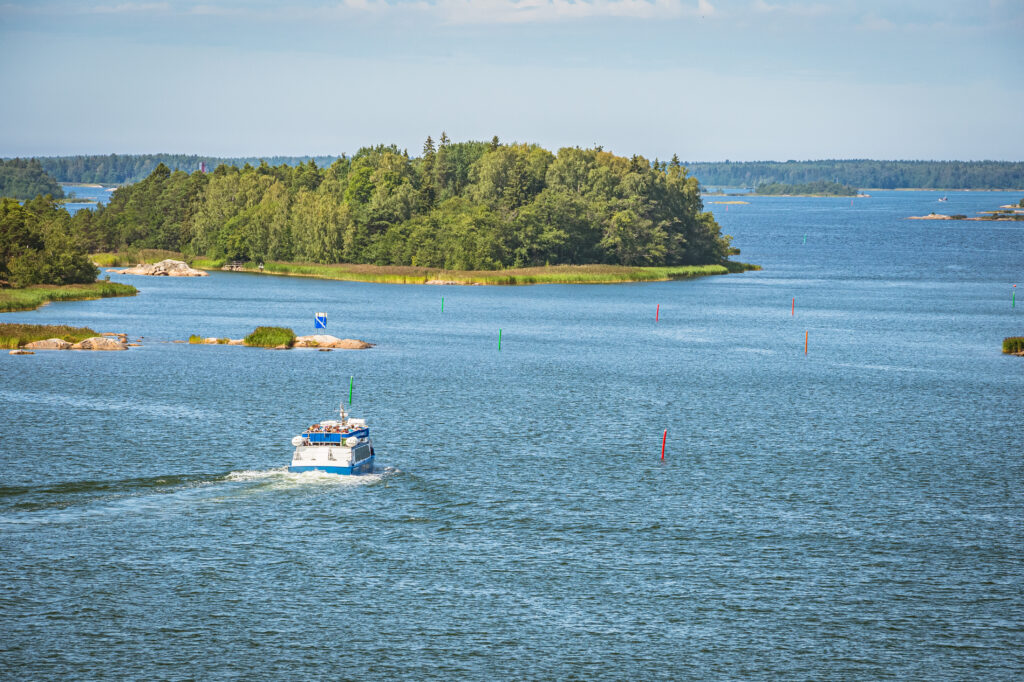Sustainable tourism
Our aim is to make Rauma a charming and enchanting place now and in the future. To achieve this goal, Rauma must remain an easy and smooth place to visit, live and work.

We are developing sustainable tourism in Rauma and emphasising sustainability measures in our communicative activities. In the overall management and development of the destination, we ensure that the impact of tourism on nature, the economy and the socio-cultural context does not exceed the carrying capacity of the destination. We are committed to the principles of sustainable tourism and share responsibility with our partners for the environment and the community.
With different events and event seasons, such as the Christmas season; Christmas in Lace Town, we aim to enliven Old Rauma. These events create the conditions for year-round profitable business and attract visitors also outside the summer season.
The City of Rauma has created a sustainable development program to establish the conditions for profitable and sustainable tourism business development. Rauma is preparing its own sustainable tourism development plan, which will enable the systematic management and monitoring of tourism development and its impact on the operating environment.

Responsible tourism in Rauma

Rauma is home to two unique UNESCO World Heritage sites (Old Rauma and Sammallahdenmäki) and the Rauma archipelago is part of the Bothnian Sea National Park. These internationally recognised sites encourage us to act in accordance with the principles of sustainable tourism.
Rauma is rich in unique cultural heritage, including its own unique dialect, Raum giäl, the national living cultural heritage of lace-making, seafaring, crafts and art. We cherish, highlight and use these traditions in tourism marketing in a respectful way.
Rauma was among the first destinations in Finland to decide to join Visit Finland’s Sustainable Travel Finland programme. With this decision, we encourage our partners and tourism businesses to implement their own sustainable tourism path. For more information on joining the STF programme, please visit the Business Rauma website.
Rauma offers opportunities for the local community to provide tourism services as a partner of the city. The local community offers visitors the opportunity to explore the courtyards of Old Rauma during the Lace Week. In the Christmas in Lace Town event, local choirs, singing groups, orchestras and dance groups will take part in the Joulevangeeljum and volunteer to produce a musical performance in cooperation with professionals. Local residents also decorate 24 windows for the Christmas calendar to create a festive atmosphere and showcase local craftsmanship.
Local culture of Rauma
Old Rauma
Old Rauma was selected for the World Heritage List in 1991 as a unique example of a living and well-maintained old Nordic wooden town.
Old Rauma is the largest coherently preserved area of wooden houses in the Nordic countries. It is still the heart of the city, where people live, work, trade, play and do leisure activities all year round in a historic setting. The 29-hectare site of Old Rauma contains more than 600 buildings, most of which are owned by private individuals. The population of Old Rauma is around 800.
Sammallahdenmäki
The Sammallahdenmäki Bronze Age burial mound site was inscribed on the World Heritage List in 1999 as Finland’s first archaeological site. The cemetery is the largest and most diverse cemetery of the Scandinavian Bronze Age in the coastal area of the Gulf of Bothnia. Located in a rugged rocky landscape, the Sammallahdenmäki burial mounds represent the monumental architecture of the period.
Rauma archipelago
The sea, the archipelago and seafaring have played an important role for centuries in Rauma. The archipelago around Rauma is part of the Bothnian Sea National Park, known for its diverse underwater environment and rich birdlife. In addition to the national park, there are other nature reserves in the Rauma archipelago.
Read more on how to travel responsibly in the Rauma Archipelago.
Lace
For centuries, the people of Rauma have made beautiful lace patterns from linen yarn. Lace-making has played a significant role in Rauma’s rise to become a strong industrial city
The lace-making tradition is still alive and well in Rauma, and in 2023 the Ministry of Education and Culture has included it in the National Inventory of Living Heritage as a local craft.
Rauman giäl
One of Rauma’s best-known characteristics is its distinctive dialect, Rauma giäl. Rauma giäl can be seen on signs and benches around town, and you can hear it at the Kauppatori Pystökaffe at the crack of dawn when the Market Parliament meets.
